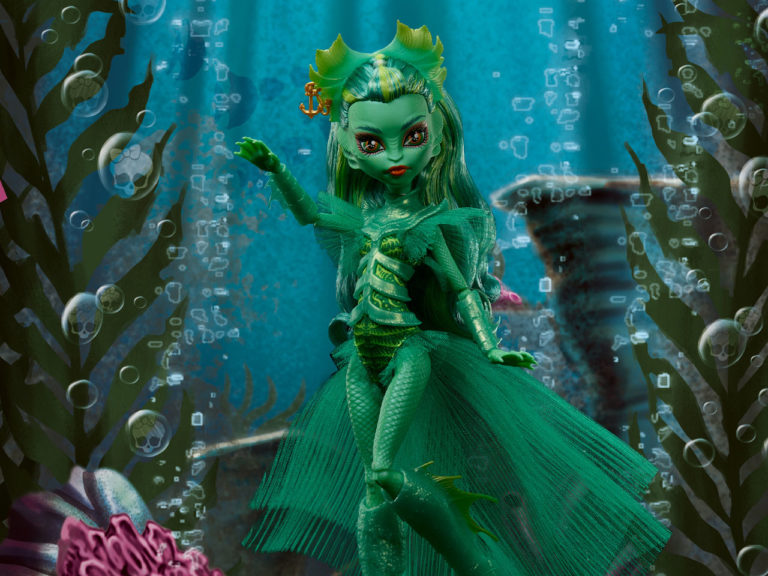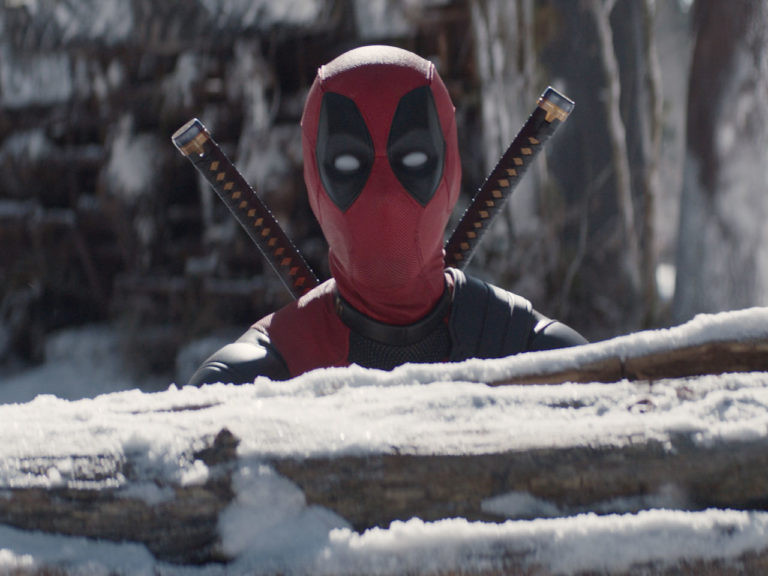

Lost in space! The Man of Steel passes the time before his impending death with tainted memories. Batman has (what I can only assume to be) the evolutionary peak of tea and crumpets with the World Forger while they discuss the betrayal of principles and friends alike. And the rest of the Justice League find themselves allied with former enemies in the fight against Cynical Lois Lane and Ruggedly Handsome Jimmy Olsen. Who can stop this madness before the hammer falls on the Crisis Anvil? We’re nearing the end, in Justice League #24! SPOILERS AHEAD. MAYBE.
What is “the right thing to do?”
The conflict at the center of this arc is one of idealism vs. pragmatism. It’s the classic moral question: what makes an action morally right? Is morality external to circumstance, or does circumstance shape morality? Should the Justice League live up to their ideals, or should they discard them when they fail to produce the desired outcome?
I won’t answer the question for you, as our conceptions of morality may differ. But this is the question in Justice League right now. On the one side, you have Superman, a hero who keeps finding ways to do the impossible rather than compromise his principles. He may doubt his decision-making at times, but his eyes are fixed on notions of right and wrong instilled in him by his father over the years. He does not consider laying those notions aside.
On the other side, we have Batman, who looks at the (evidently) disastrous outcome of Superman’s idealism and decides that a principle that fails to produce the desired outcome is a principle worth discarding—or at least suspending for a necessary period of time.
Superman believes that violating his principles can not save the world—that the world is in far greater danger when its protector is an authoritarian. Batman believes—or at least, pretends to believe—that rigid adherence to principles is naïve insofar as it fails to produce a good outcome.
Black as a scooped-out grave
So where does Snyder land? It seems evident to me that he sides with Superman, and if all of the speculation in our comments section is correct, then Batman actually does, too. After all, Batman is the one who repeatedly spares the lives of his most dangerous foes, because he knows that crossing that line is a step he’ll never walk back once taken.
But where is Superman? He’s floating in dead space, tortured by the “gray Kryptonite” of “small failure writ large.” Snyder writes these moments of despair beautifully:
He can feel it…the wet lantern in his hands, falling apart, the sky moonless, black as a scooped-out grave.
Is doing “the Superman thing” the right choice?

The opening scene stretches this question out into a day spent with Clark’s son, Jon. Clark chooses a good thing—a packed agenda of quality time with his boy. But that choice costs something—prevents another good, you might say—and the uncertainty—the gray Kryptonite—seeps in. Jimenez and Sanchez illustrate this exquisitely, the joy of the father-son day giving way to darkness covering the face of Superman, who is now unable to discern his place in the picture of right and wrong.
The enemy of my enemy is the Legion of Doom
The rest of the Justice League has been rescued by the Legion of Doom. They speed away on a stolen ship, trying to escape the pursuit of Lois Lane and Jimmy Olsen, the cynical new lords of Apokolips. These portions of the book contain the only real levity this time around (an early joke about the ’66 Batman theme notwithstanding), but they also offer the strongest affirmation of Superman’s morality, and the sharpest rebuttal of Batman’s.
The Dark Knight’s dystopia—a universe in which the guilty are preconvicted, Minority Report-style—is not the world Batman set out to save. The future League is a ruling class that militaristically imposes its will on those beneath it. Even good people, like Lois and Jimmy, have become jaded tools of the regime. And the bad people—the Legion of Doom? They are the ones who see clearly—they are the ones who shepherd our beleaguered heroes toward escape and one last shot at victory.

Lest I gloss over it, though, these sections are also—as I said—quite funny. Darkseid and Grodd are a delight, both verbally and visually, and the quipping rules. Jimenez and Sanchez create an incredible space chase, with epic layouts and gorgeous, texture-rich inks—if they never get to do some sort of sci-fi book together, I will be quite disappointed.
The highlight for me, though, involves one of my favorite villains in all of comics, Thaal Sinestro. With the League en route to safety, he turns the ship on Lois and Jimmy. As realization dawns on the bridge of their vessel, Sinestro sees a rising light, too, as the power of that cold, familiar, yellow light floods his eyes.
Chills, people. Snyder gave me chills.
The long con
The League is only safe for moments, however, before coming face-to-face with their future selves, led by Alpheus. Batman joins the fray, seemingly on the side of evil, but I don’t buy it. Aside from the out-of-universe explanation that DC would not make Batman such an unlikable tool, there’s the in-universe nature of the man himself. Bruce Wayne does not take a pragmatic approach toward his principles. He hasn’t killed or lobotomized the Joker. He hasn’t cut off Zsaz’s hands. Family, friends, and lovers lost, and yet he has remained steadfast. So why is he doing what he’s doing? I think Bats is playing the long con.
What was Bruce’s final word at the end of Justice League #21? Where the hell are all the villains? He gave Alpheus the skepticism one would expect from Batman. He continued to ask questions, evidence doubt. He let himself be “convinced” after much explanation. He seemed to reach Alpheus’s conclusions reluctantly. And all the while, he’s been walking beside the enemy, studying him—formulating, I suspect, a plan to take him down. I don’t know exactly what will happen in this arc’s finale in two weeks, but I’m sure of one thing: Batman is going to make the World Forger wish he had never been created by his psycho, whackadoodle mommy.
Recommended if…
- You liked Jorge Jimenez before, but are open to him defying comprehension by getting better.
- Ruggedly handsome Jimmy Olsen.
- You’re a Sinestro fan. There’s a panel that speaks as loud as a book in here.
Overall
Justice League #24 brings us right up to the edge of “The Sixth Dimension’s” conclusion. The big questions of right and wrong, ideals vs. pragmatism, and the fate of the universe are painted clearly and gorgeously in word and pictures, with Snyder, Jimenez, and Sanchez at the absolute tops of their respective games. This is the connected DC Universe at its pinnacle, and I’m thrilled to be along for the ride.
SCORE: 9.5/10
DISCLAIMER: Batman News received an advance copy of this book for the purpose of review.


